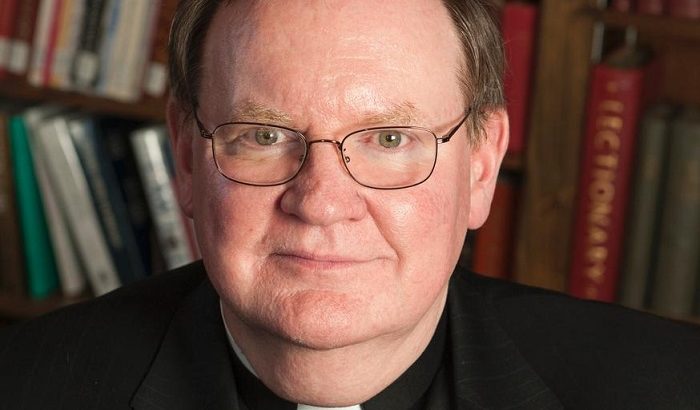The 1983 Code of Canon Law did not anticipate crimes being committed by bishops that could result in their laicisation, according to a canon law professor at The Catholic University of America.
Fr Robert Kaslyn SJ, who has taught courses in laicisation, said the Second Vatican Council has also made it more complicated to remove a bishop from the clerical state.
“It’s a mess,” Fr Kaslyn said. “It really is a 20th-Century process that really didn’t exist beforehand. And that process was suddenly needed to adapt to the abuse crisis.”
Under canon law, laicisation is given to deacons for “grave causes” and to priests for “most grave causes”.
“It doesn’t even mention bishops,” said Fr Kaslyn. “So in general, it was not foreseen that bishops could be quote-unquote laicised.” Abuse of minors, he added, is “a more grave delict”, or breach of care.
Vatican II also noted the three levels of ordination: the diaconate for deacons, the presbyterate for priests, and the episcopate for bishops. Fr Kaslyn said the council called the episcopate “the fulfilment of the priesthood”. As a result, he added: “It’s not just power of governance, but it’s the fullness of priesthood. So it’s very difficult (from which) to resign.”
In the case of Archbishop Theodore McCarrick, who resigned from the College of Cardinals on July 28, a month after the first allegations of abuse by him were reported in the media, it was easier for him to resign that title since it is an honorific title granted by the Pope which does not confer another level of holy orders.


 Fr Robert Kaslyn SJ
Fr Robert Kaslyn SJ 